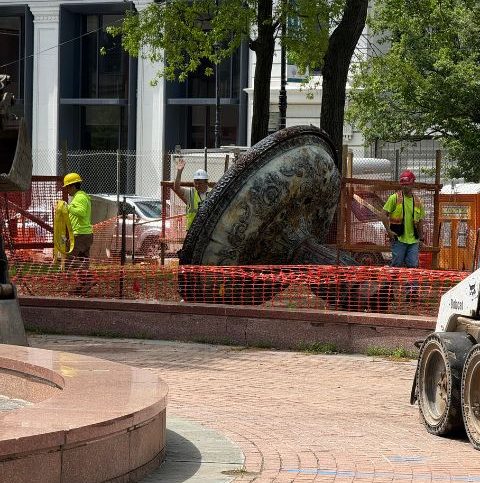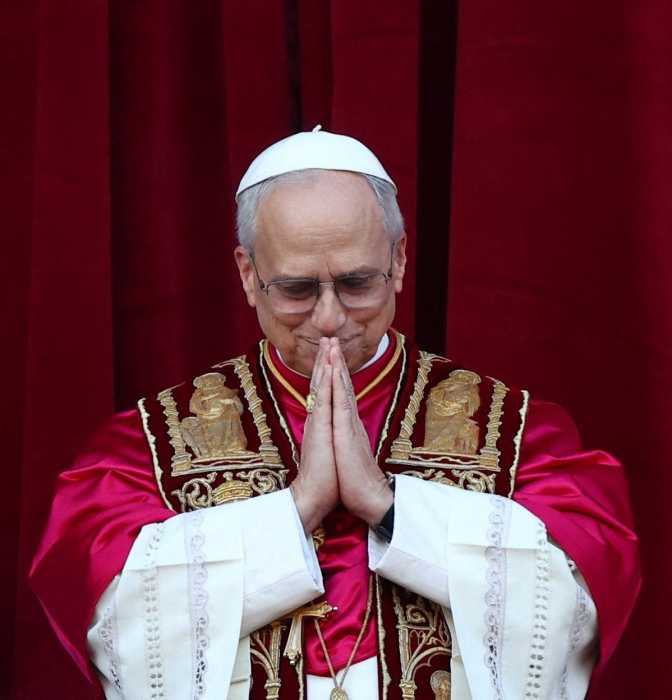By Helen Klein
Balloons of red, white and blue bobbed in the air outside Fort Hamilton’s main gate, as a crowd of dignitaries, some in suits, some in fatigues, gathered to mark a moment all of them had been eagerly awaiting. Nonetheless, it was a modest celebration at the intersection of 101st Street and Fort Hamilton Parkway. While there were plenty of smiles and thumbs-ups at the news that the list of United States military bases recommended for closure in the near future did not include Fort Hamilton, the fort’s supporters are aware that nothing is written in stone yet. Between the May 13th release of the preliminary recommendations and the final recommendations that are due out this fall, changes are possible, as communities where bases are slated for closure fight for their installations to remain open. The closure of 33 major bases and the realignment of 29 others around the country have been recommended. “It is a great day, not just for Bay Ridge and Dyker Heights, but for the community,” noted Congressperson Vito Fossella who, in 2001, had put together a task force charged with being prepared for the possibility that the Department of Defense would form a Base Closure Commission that would look at closing the fort, which had survived a similar threat back in 1995. But, he added, “We can’t let our guard down. The fact is, for the next several months, the commission will continue to meet and work, until fall, when there will be a final determination.” There was agreement from Assemblymember Matthew Mirones, who noted that the forts supporters should, “Proceed with cautious optimism.” Because the community and its elected officials had, “Banded together,” said Mirones, “we were able to make certain that the Department of Defense heard the message that this garrison plays a crucial role in defending this city and nation. It is critical that this facility remain open and active.” Among those who had worked on the task force, which is known as the Fort Hamilton Citizens Action Committee, the feeling was that their efforts over the past couple of years had been a significant factor in keeping the base off the closure list. The group had prepared a 100-page report detailing the role of Fort Hamilton and had collected approximately 15,000 petitions supporting the continued existence of the fort as an active military installation. “I think the report and the grass roots effort we put together really blew anyone away who even might have thought about Fort Hamilton,” noted William Guarinello, the group’s chairperson. Colonel Tracey Nicholson, the fort’s commander, thanked the group for their efforts. “There’s no doubt,” she said, “that the work done by the group had a significant impact on the decisions made by leadership. We couldn’t be happier,” she added, “that we will continue to be members of this community.” The good news, noted Michael Long, chairperson of the New York Conservative Party, is a tribute to the veterans who served at Fort Hamilton. “Give some thought to the fact that the men and women who have passed through this fort over the years, we honor them today, ahead of Memorial Day, and preserve a great historic fort in New York City,” Long remarked. Once the current threat has vanished, the group’s work will continue, noted David Martin, the task force’s executive director. While, he said, the committee, “Was originally formed to deal with the base closure issues, it’s important that it expand to make sure the people of the base know there’s a group of people in the surrounding community who want to help,” through such efforts as providing entertainment for the troops, or, perhaps, scholarships for dependent children. “While they may only be here a short time, we want them to feel that Brooklyn is one of the most favorite duty stations of their career,” Martin went on. “Anything the community can do to advance this goal, we want to do.”































